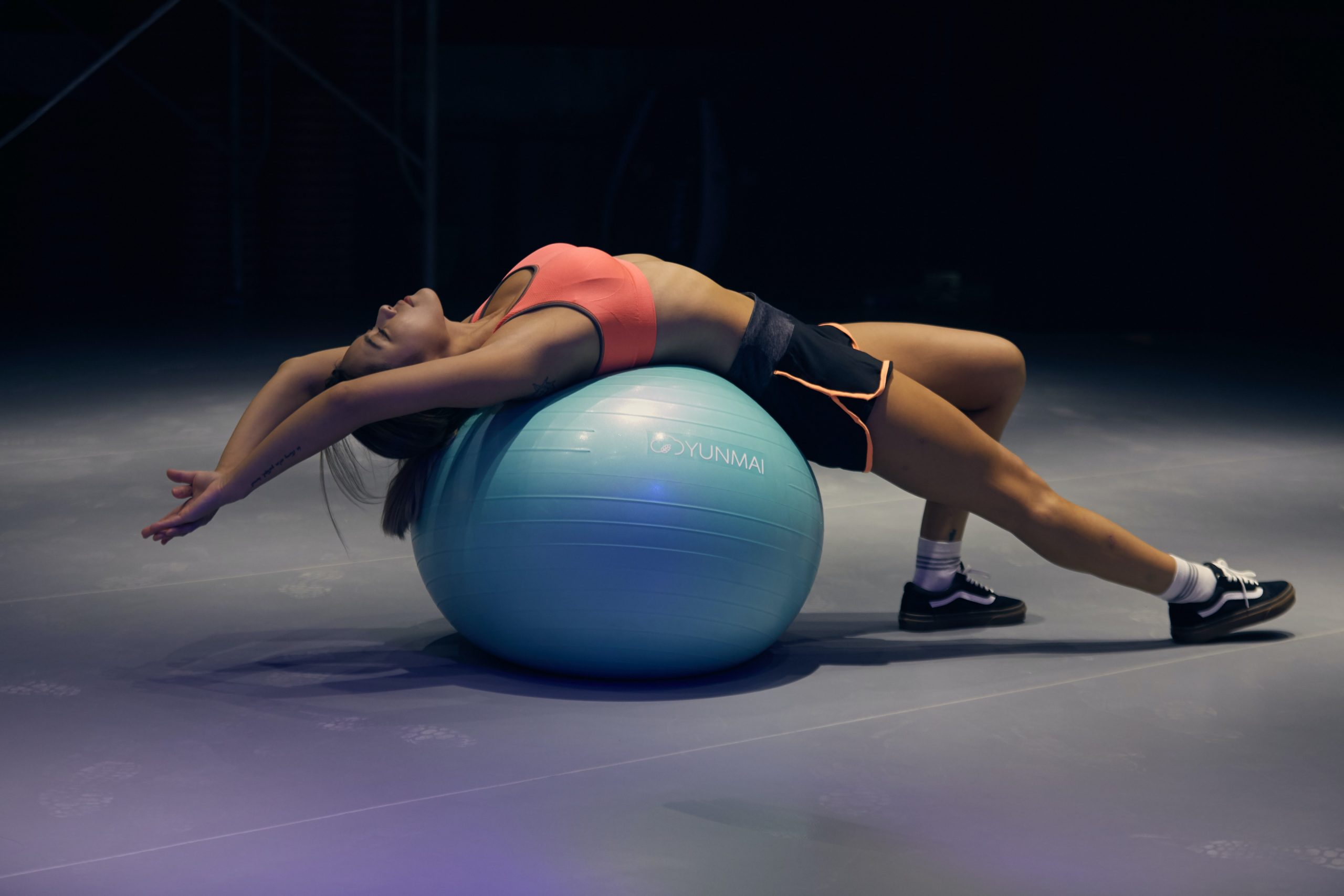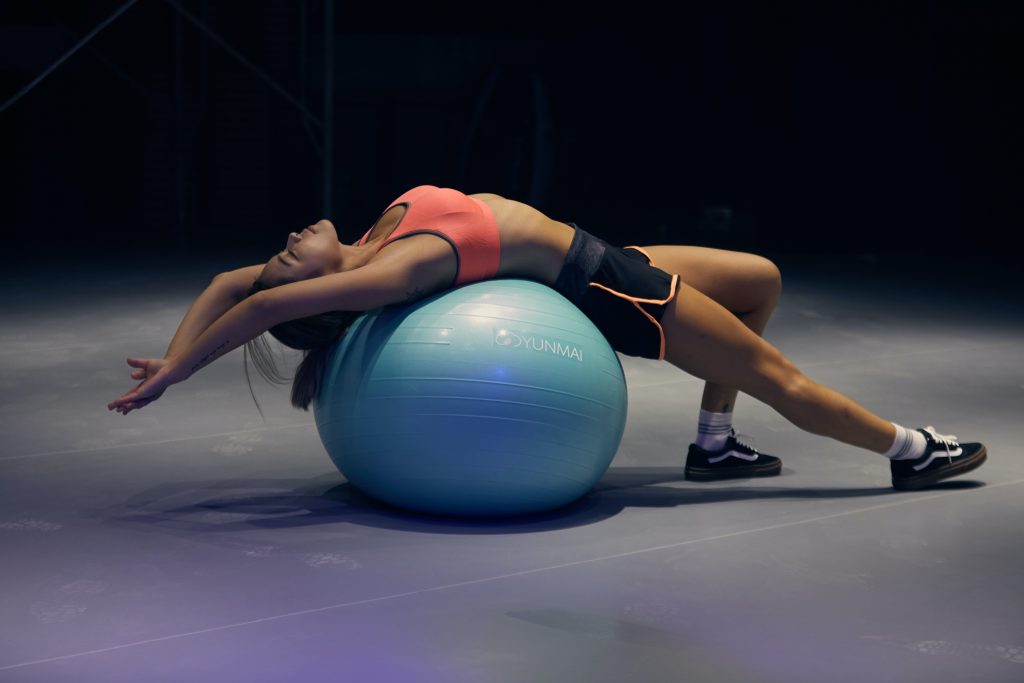Post-workout muscle soreness can range from minor discomfort to feeling completely unable to carry out daily activities without considerable pain, but as unpleasant as it is, it’s common to experience. However, there are ways you can gain relief and recover quickly – and naturally. WholyMe will be showing you natural, research-proven solutions so you can keep enjoying the benefits of a happy, healthy lifestyle. Keep growing and challenging yourself, and regain balance.
What causes muscle soreness after a workout?
Also known as delayed-onset muscle soreness, or DOMS, it is thought to be an inflammatory response due to muscle tissue breakdown, causing microscopic damage to muscle fibres. This type of muscle stiffness, typically caused by increasing the duration or intensity of a workout, is unpleasant, but quite normal to experience.
Take it as an ultimately positive sign that you are on your way to reaching your fitness potential, as muscle soreness is the result of muscles having to work harder than they’ve been used to. By gradually pushing yourself to increase the intensity of your workout, you are moving one step forward to improving your stamina and overall muscle strength.
How to alleviate muscle soreness after working out
Spend time cooling down
Engaging in a lower intensity exercise directly after an intense workout can help to reduce the overall muscle pain felt afterwards. Researchers in a 2012 study found that people who did low to moderate intensity cycling, 20-minutes after their strength workout, reported fewer instances of muscle soreness. Continuing your workout at a reduced speed may help your muscles recover quicker too, which is thought to be due to better blood flow: a 2018 study showed that runners who reduced the intensity at the end of their workout by 50%, ran for three times longer in the next.
Use a foam roller
Get instant relief with the help of a foam roller, by using one as part of your warm-up and cooldown and help reduce overall muscle soreness. Research has shown that foam rolling (a form of myofascial release) can help alleviate muscle fatigue and delayed-onset muscle soreness. Even better, using a foam roller may be helping to improve your overall performance, as it relieves tension in your muscle’s connective tissue.
If you are experiencing problems with muscle soreness, we highly recommend as part of your recovery strategy investing in a foam roller, and gently using it 10 to 15 minutes each day.
Get a massage
Maybe it is time to treat yourself to a spa day sooner than you anticipated. A 2014 study shows that muscle soreness can be dramatically reduced with a post-exercise massage, and they can also help to promote tissue regeneration. Combined with our comforting Relief Balm, with its soft texture and a soothing blend of 12 completely natural ingredients, you can relieve fatigued muscles with ease.
In the longer term, regularly scheduling a post-exercise massage may also help to reduce the onset of DOMS in the first place. Researchers have shown that massaged muscles contain more blood vessels, and only have half of the total number of scar tissue compared to non-massaged muscles, both of which are known to contribute to better overall recovery times.
Take a warm bath
Be kind to yourself: float into a wonderful slumber with a nourishing bath and give relief to tired, sore muscles. Research shows that heat therapy can have a significant impact on muscle soreness, reducing pain by up to 47% in just 24 hours post-exercise. Heat therapy works by dilating blood vessels and improving circulation, which is essential to muscle healing. Feel even more reinvigorated by adding a generous amount of Epsom salts containing naturally occurring magnesium which assists in muscle recovery.


